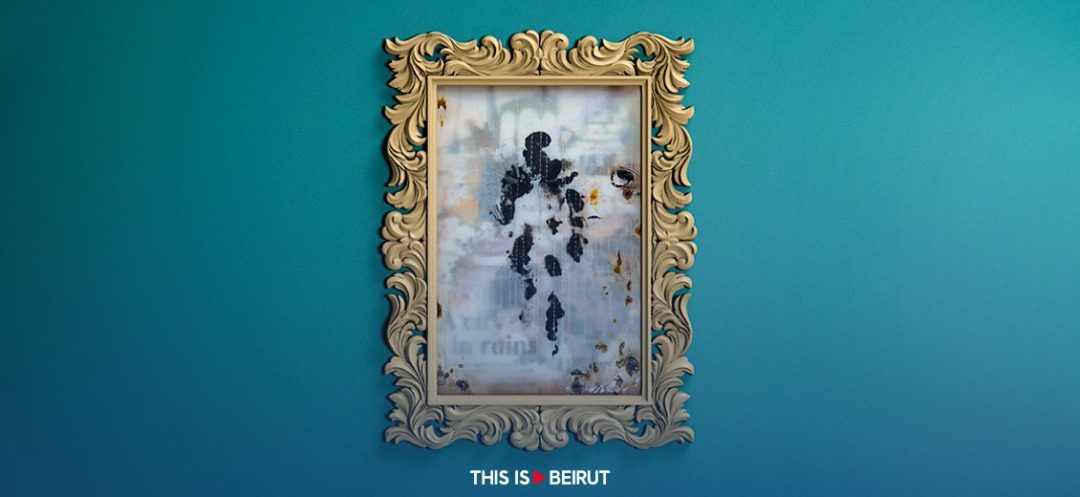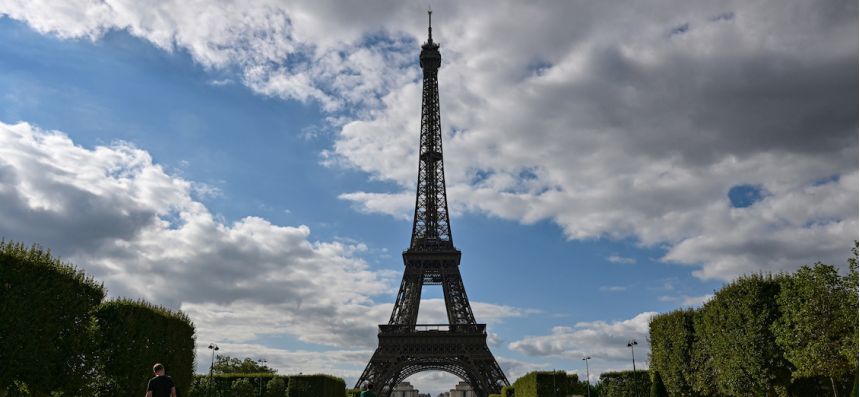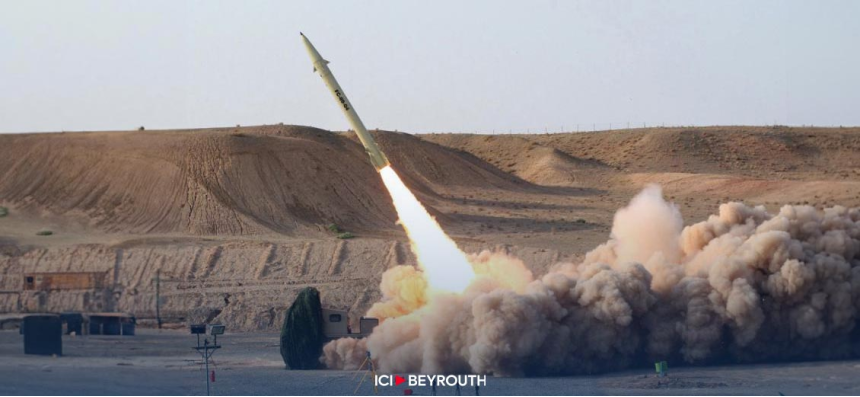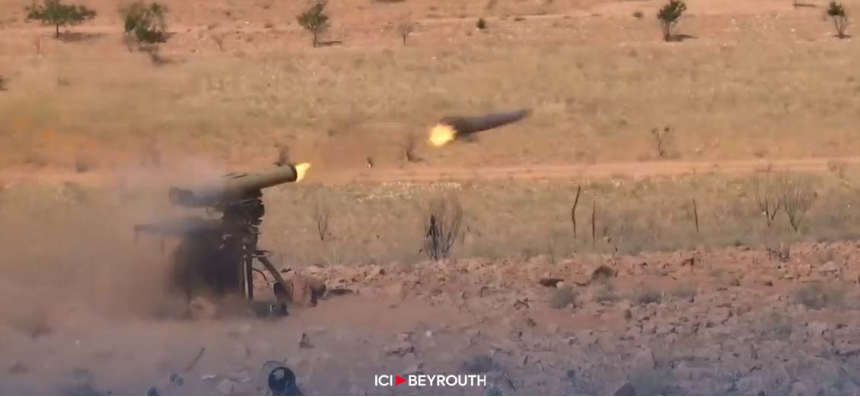
The Janine Rubeiz Gallery, with its exhibition "Sagas of Painful Bodies," introduces us to the poignant and unique work of Manar Ali Hassan until May 31. This artist and curator, with a master's degree in visual arts from the Lebanese Academy of Fine Arts (ALBA), showcased her paintings and installations in various galleries in Lebanon and internationally, including Italy, Spain, Japan and Jordan.
Manar Ali Hussain’s work plunges us straight into the depths of the abyss and delves into human suffering. The artist draws from her own battle with fibromyalgia, an autoimmune disease that triggers chronic pain, to make it the very substance of her art. She also gathers testimonies from seven women suffering from the same symptoms to create a sort of autopsy of suffering. She uses various materials and supports to weave her narrative. She unfolds the plot to tell stories, those of the tested flesh.
It is her own story, that of her mother and 7 others with the same disease, also that of Beirut, seen as a martyred body after the August 4 explosion. Texts, words and poetry accompany a series of black ink drawings as well as photos, installations and videos. The repetition and superposition of these images produce a symbolic and rhythmic language, scanning the persistence and acuity of pain. A kind of staging where suffering multiplies to embody the human condition in its universal and collective dimension. Pain thus takes on a body to personify sacrificed nations, echoing the torments of peoples victimized by genocides, wars or natural disasters.
From the entrance of the gallery, a character shaped from a stack of medicine boxes catches the viewer’s attention and raises questions. In this respect, the artist seeks to stigmatize pharmaceutical companies that encourage overconsumption to maintain patients in their dependency and under their control. Through shocking, eloquent images, the artist pushes us to introspection, deep reflection, plunging us into the very heart of our fragility to face it head-on. Ravaged silhouettes with undefined contours are imprinted on floating canvas panels, suspended on a thread like shrouds. Forms in decay, in decomposition, are inscribed in black ink on paper or fabric to evoke ancient frescoes, eaten away by centuries of wear. These images also appear as relics or icons, as fragments of dismembered bodies bearing a code or inscription. An inventory drawn by the artist to track down pain, to capture it like a ferocious beast to better tame.
However, the artist invites us to turn around, to resist the alienation of body and soul. Indeed, in photos, a body on a bed seems disembodied, as if melted into the sheets. Losing its substance, it gives the illusion of flying towards a world of abstraction and weightlessness. At the peak of pain, the mind tries to escape its prison of flesh. Through artistic expression that allows for distancing and catharsis, the artist confronts the chaining pain by putting it on the pillory. Through her liberating art and like a cry, "Everything has changed but you are still here!" the artist calls for awareness of the urgency of the time that remains. She invites us to fraternize with the world’s misery, to transform sorrows into a lever to nourish creative impulse and confront the death drive to choose life!
A vibrant tribute to women and resilience with Manar Ali Hassan at the Janine Rubeiz gallery, until May 31, 2024.
www.joganne.com
Read more







Comments